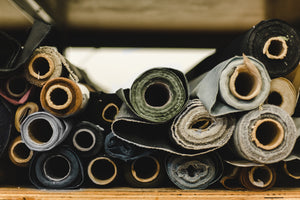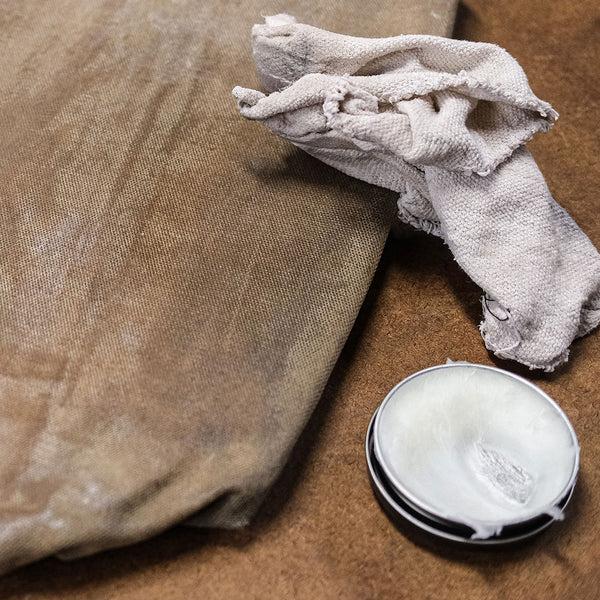A Short History of Waxed Canvas
Waxed canvas, which Hardmill uses in many products, has a long history of ingenuity and fabric technology. Using a blend of oils and waxes to create a very durable natural waterproofing, you will find waxed canvas used on a lot of camping gear, shoes, jackets, and much more.

Humans have been waterproofing cloth for thousands of years, but its use on canvas originated from the sailing industry in Europe during the 17th Century. Mariners found that wet sails caught wind better, but soaked sails added unwanted weight to the ship. Thus, they began oiling their sails with linseed oil, keeping water from soaking into the fibers.
As the method of waterproofing with linseed oil took off in the industry, many sailors started to apply it to their clothing, or even reuse old sails to make clothing. As linseed oil ages on natural canvas, it leaves a yellowing stain (this is where the iconic yellow rain jacket has its origin). In the 1930s, paraffin wax replaced linseed oil in most production, preventing the yellowing effect.
Technology in waxed canvas has continued to develop over the years. Hardmill now uses waxed canvas with a special blend of oils and waxes to give an optimal level of flexibility, water resistance, and a nice feel in the hand.





